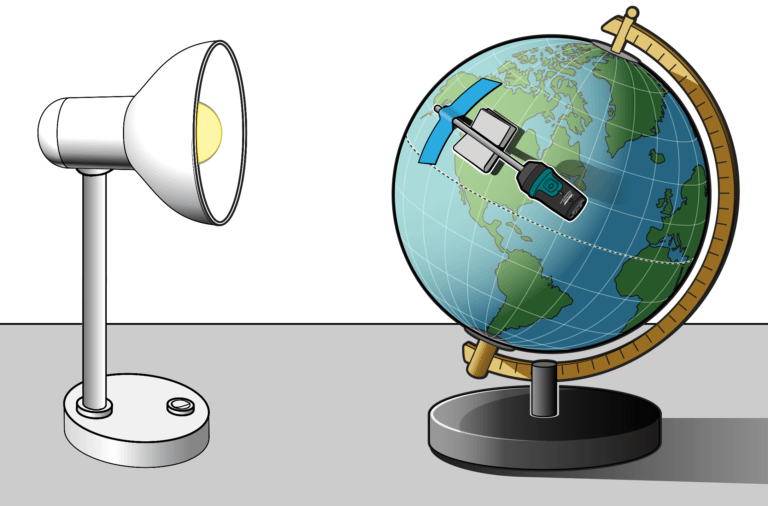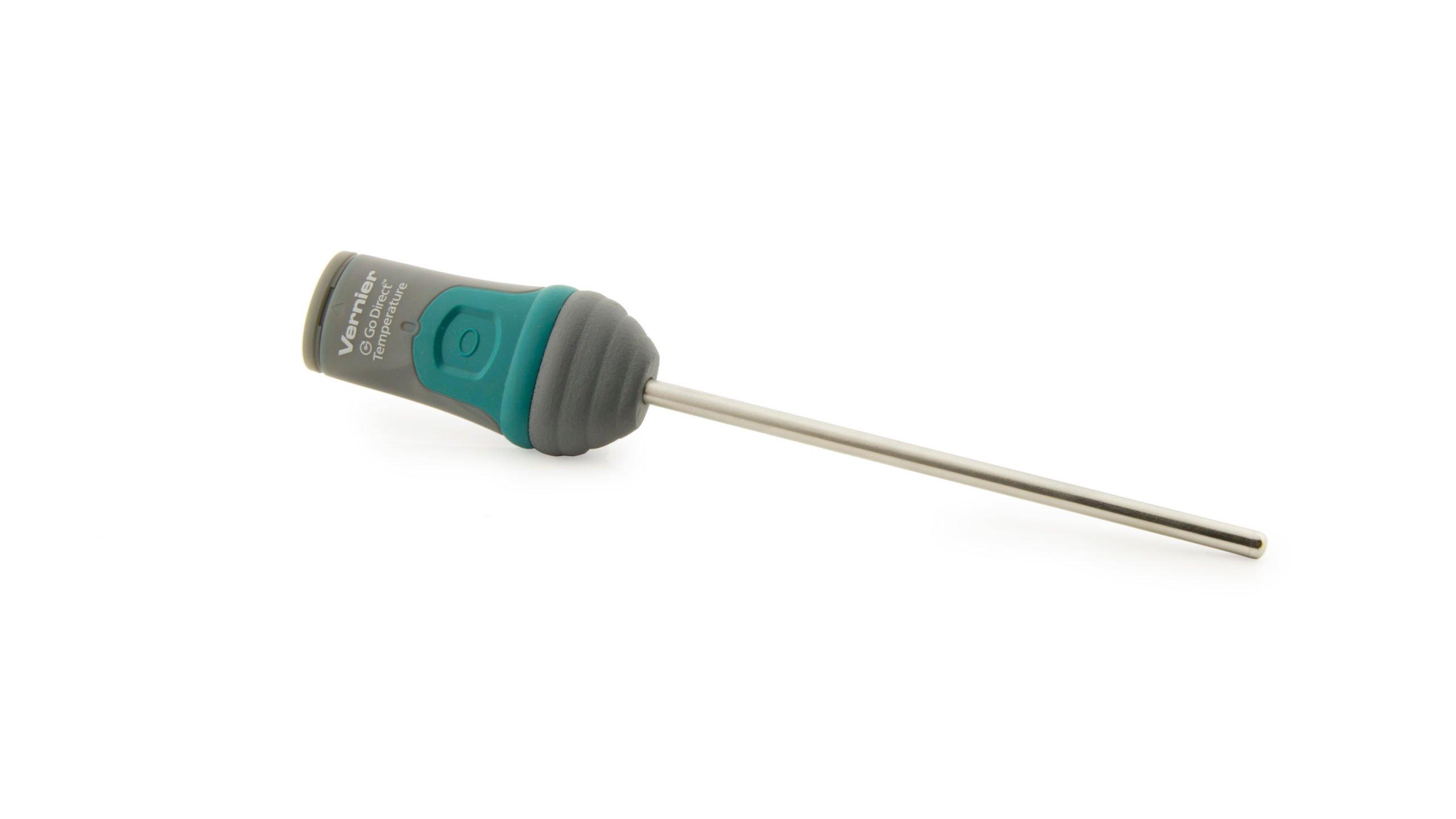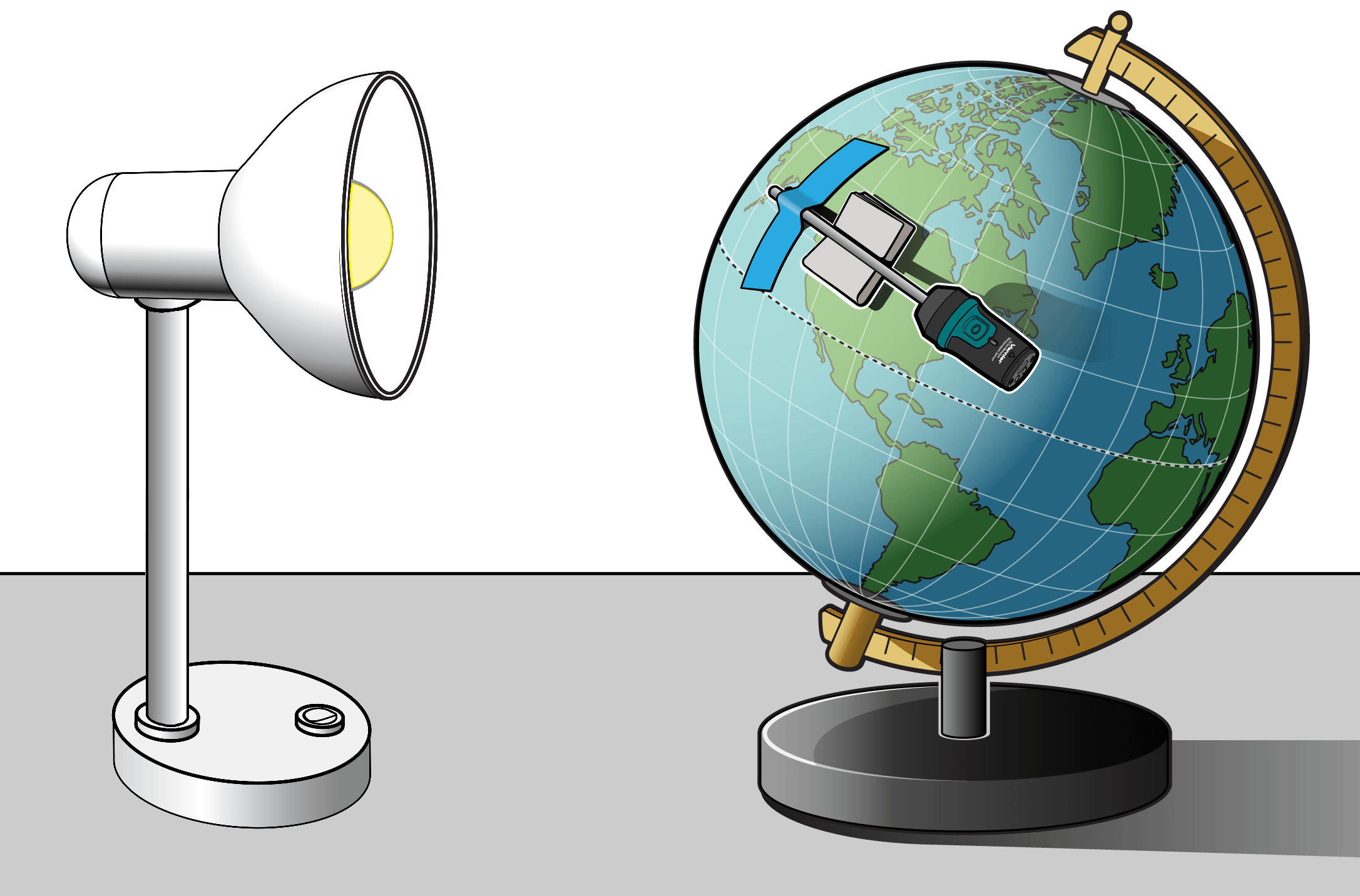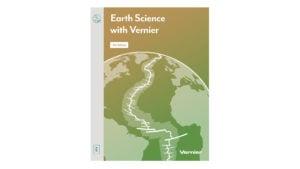
Introduction
Have you ever wondered why temperatures are different in the winter and in the summer? This happens because the Earth’s axis is tilted. The Earth remains tilted as it revolves around the sun. Because of this tilt, different locations on the Earth receive different amounts of solar radiation at different times of the year. The amount of solar radiation received by the Earth or another planet is called insolation. The angle of insolation is the angle at which the sun’s rays strike a particular location on Earth.
As Earth orbits around the sun, it travels in an oblong path rather than a perfect circle, so the planet is closer to the sun at some times during the year compared to others. It is a common misconception that this change in distance is the cause of the seasons. However, because Earth is so far from the sun, this difference has a relatively small effect on the temperature you experience when you’re sitting outside. In reality, because Earth is tilted, the North Pole points toward the sun during some parts of the year and the South Pole points toward the sun during the rest of the year. Thus, it is the angle of insolation and the orbit of the Earth around the sun that cause the seasons.
In this experiment you will investigate the relationship between angle of insolation and temperature change due to energy absorption from a simulated sun—a light bulb.
Objectives
- Use a temperature probe to monitor simulated warming of your city by the sun in the winter.
- Use a temperature probe to monitor simulated warming of your city by the sun in the summer.
- Measure the angle of insolation.
- Determine the relationship between temperature change and angle of insolation.
Sensors and Equipment
This experiment features the following sensors and equipment. Additional equipment may be required.
Ready to Experiment?
Ask an Expert
Get answers to your questions about how to teach this experiment with our support team.
- Call toll-free: 888-837-6437
- Chat with Us
- Email support@vernier.com
Purchase the Lab Book
This experiment is #29 of Earth Science with Vernier. The experiment in the book includes student instructions as well as instructor information for set up, helpful hints, and sample graphs and data.



